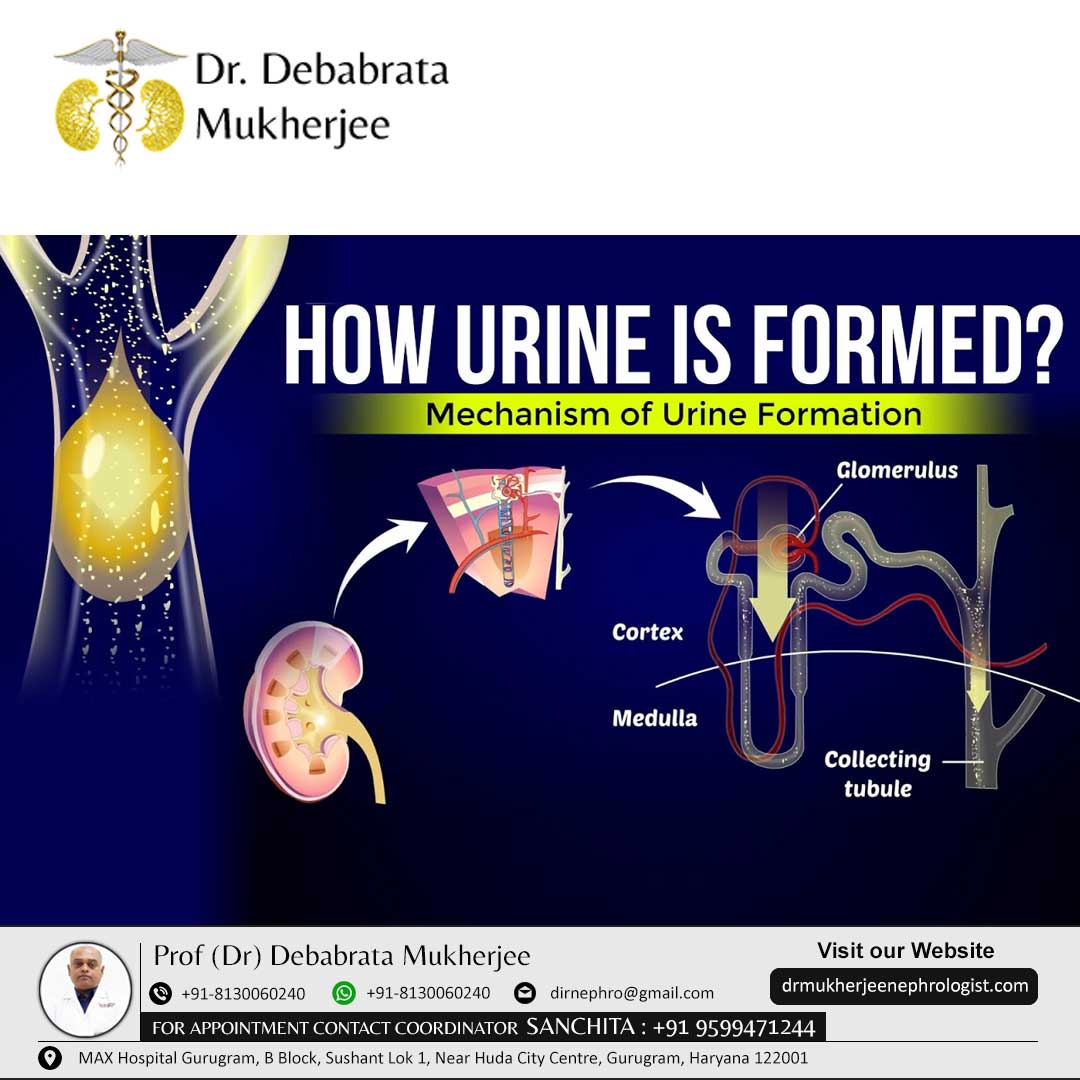How urine is produced in Human Body?
How Urine is Produced in the Human Body
Urine production is a complex process involving multiple organs and systems in the body. Here’s a simplified overview of how urine is produced:
1. Filtration
Location: Kidneys
Function: Blood enters the kidneys through the renal arteries, which then divide into smaller blood vessels called glomeruli, found in the nephron (the functional unit of the kidney).
Process: In the glomeruli, blood pressure forces water, salts, glucose, amino acids, and urea (a waste product) through a filter into the Bowman’s capsule, creating a filtrate. Larger molecules like proteins and blood cells are typically retained in the blood.
2. Reabsorption
Location: Renal Tubules (Proximal Convoluted Tubule, Loop of Henle, Distal Convoluted Tubule)
Function: The filtrate then flows through the renal tubules where essential substances are reabsorbed back into the bloodstream.
Process: In the proximal convoluted tubule, much of the water, glucose, and salts are reabsorbed. The Loop of Henle plays a key role in concentrating the urine by reabsorbing water and salts. In the distal convoluted tubule, further fine-tuning occurs to regulate the balance of electrolytes and acids.
3. Secretion
Location: Renal Tubules
Function: Additional waste products and excess ions are secreted from the blood into the renal tubules.
Process: This helps in regulating the body’s pH and electrolyte balance by removing excess hydrogen ions, potassium, and other substances.
4. Excretion
Location: Collecting Ducts, Renal Pelvis, Ureter, Bladder, Urethra
Function: The final filtrate, now called urine, flows from the renal tubules into the collecting ducts. From the collecting ducts, urine moves into the renal pelvis, then into the ureters.
Process: The ureters transport urine to the bladder, where it is stored. When the bladder fills, stretch receptors signal the need to urinate. Urine is then expelled from the bladder through the urethra during urination.
Key Points to Remember
- Blood Supply: The kidneys receive a substantial amount of blood, around 20-25% of the cardiac output, to effectively filter and produce urine.
- Regulation: The kidneys help regulate blood pressure, electrolyte levels, and the body’s overall fluid balance. Hormones such as antidiuretic hormone (ADH) and aldosterone play crucial roles in these regulatory processes.
The entire process ensures that waste products are efficiently removed from the body while retaining essential nutrients and maintaining fluid and electrolyte balance.
For more information, contact Dr. Debabrata Mukherjee – Best Nephrologist in India.


Prof (Dr) D Mukherjee is an alumnus of the prestigious Armed Forces Medical College, Pune where he did his MBBS & MD (Medicine). Subsequently he went on to do his DM (Nephrology) from PGIMER Chandigarh, which is the foremost training institution for nephrology in India.